Internship Proposal Letter Template for a Strong Application
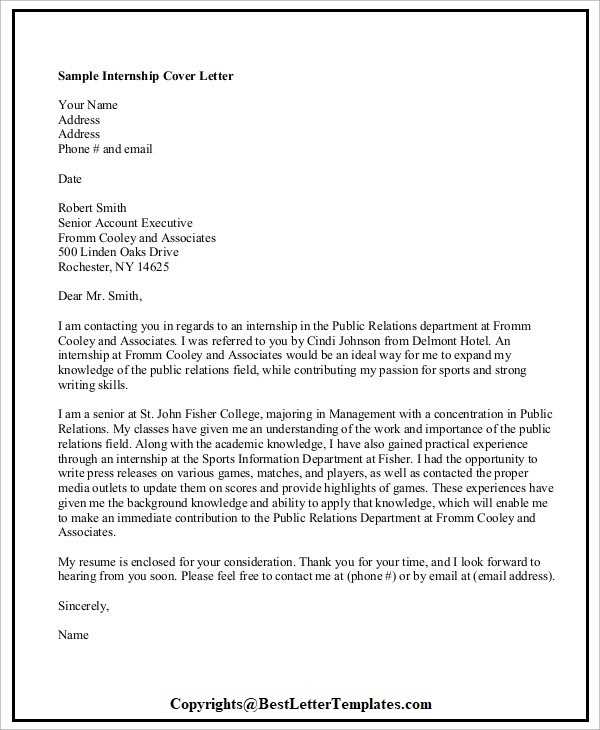
Securing a position in a competitive field often begins with making a great first impression. One of the most effective ways to stand out is by presenting a well-structured request to potential employers or educational institutions. This type of written communication serves as a formal introduction, showcasing your goals and explaining why you’re a perfect fit for the opportunity. It’s essential to communicate your passion and qualifications clearly, setting the stage for success.
Creating an impactful message involves focusing on clarity and professionalism. The key is to balance your personal aspirations with the needs of the organization, demonstrating how your skills align with their goals. Whether you’re seeking hands-on experience or aiming to contribute to a specific project, a thoughtfully crafted document can be the gateway to the next step in your career journey.
In this guide, we’ll provide you with a clear framework for structuring your request. You’ll learn how to highlight your strengths and convey a strong sense of purpose, all while maintaining a formal tone that aligns with industry expectations. With the right approach, you’ll be well on your way to crafting a compelling proposal that captures attention and opens doors.
Why Internship Proposals Are Important
Essential Components of a Proposal Letter
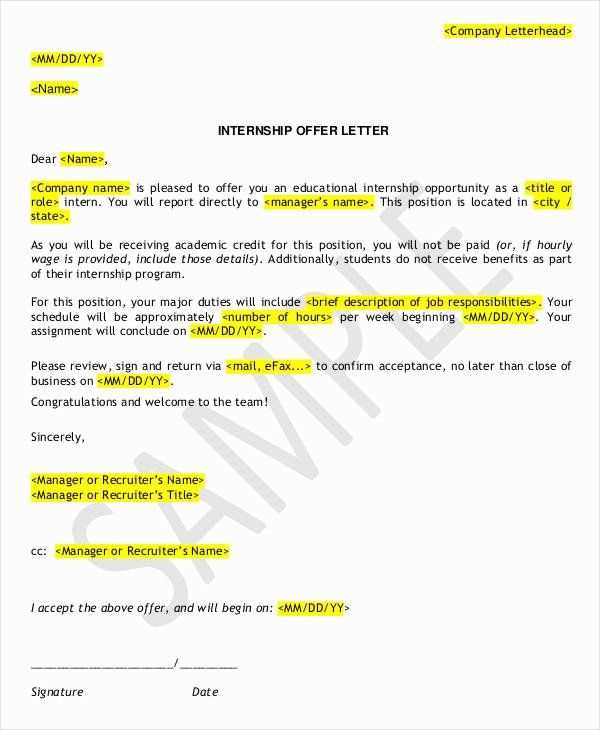
Presenting a formal request for a professional opportunity is a crucial step in demonstrating your interest and qualifications to a potential employer. This communication not only sets the tone for your application but also serves as a reflection of your dedication and professionalism. The ability to craft such a request effectively can greatly influence the likelihood of a positive response.
Why a Formal Request is Essential
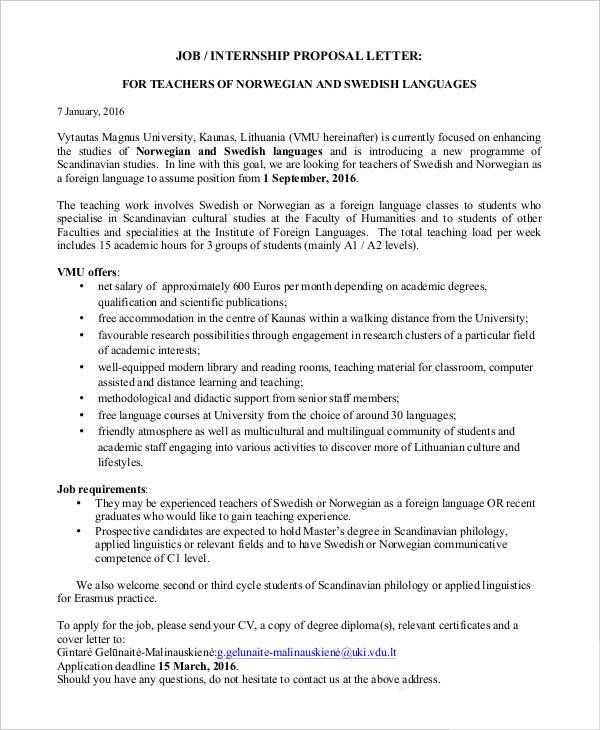
A well-written message provides clarity about your goals and how they align with the needs of the company or educational institution. It gives a clear structure to your intentions and demonstrates your seriousness in pursuing the opportunity. Without this level of formality and professionalism, your chances of standing out among other applicants may diminish.
Key Elements to Include
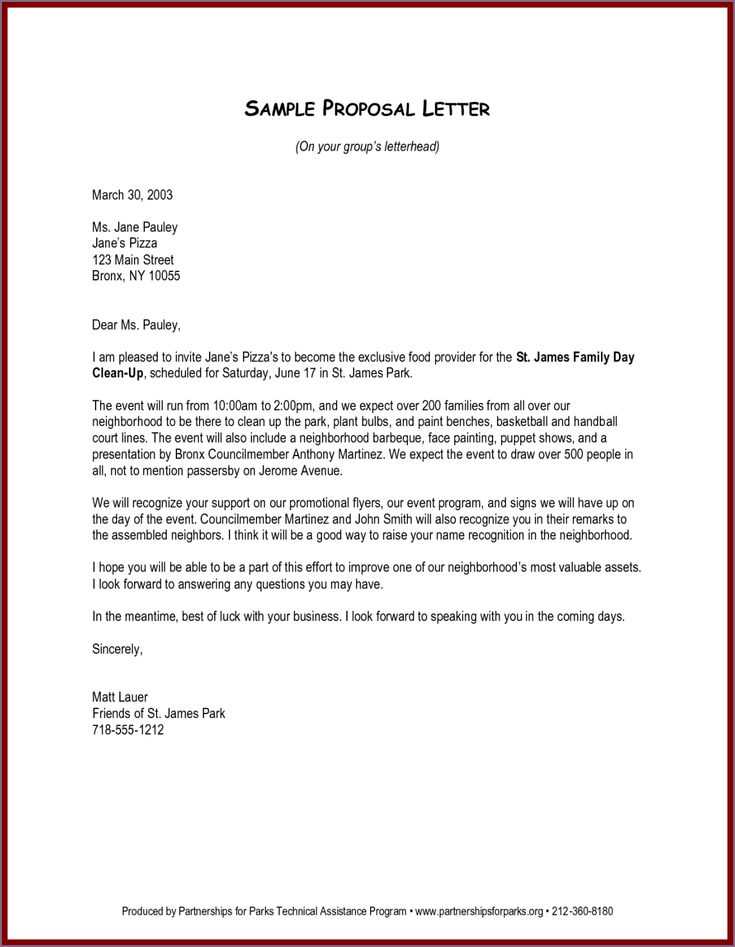
- Introduction: Briefly introduce yourself and state your purpose for writing.
- Clear Objectives: Explain what you hope to achieve and why you are interested in the role or program.
- Skills and Qualifications: Highlight your relevant abilities and experiences, showing how they match the organization’s needs.
- Professional Tone: Use a polite and respectful tone throughout the message to maintain professionalism.
- Contact Information: Provide clear details for follow-up, including how the recipient can reach you.
By including these essential elements, your request will not only be well-received but will also position you as a candidate who understands the importance of communication in a professional setting.
How to Customize Your Proposal for Employers
Common Errors to Avoid in Proposals
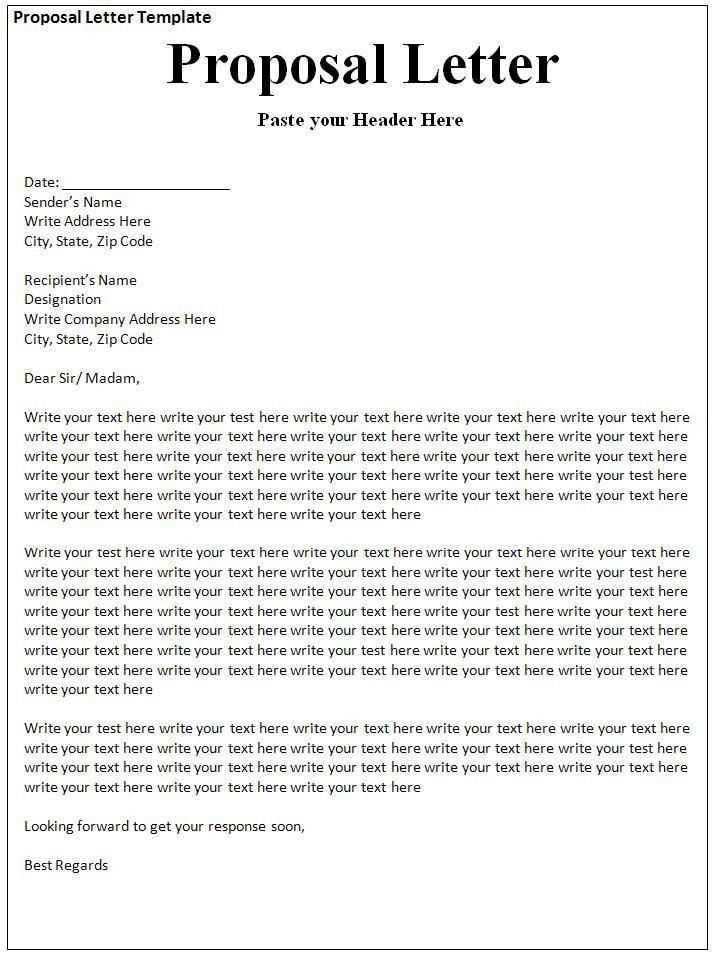
When reaching out to potential employers or educational institutions, tailoring your message to their specific needs is essential for making a strong impression. Personalizing your communication not only shows that you have done your research, but it also demonstrates your genuine interest in the opportunity. A well-customized request highlights your understanding of the organization’s objectives and how your skills can contribute to their success.
To create a more impactful request, you should focus on aligning your goals with the organization’s mission and values. This personalized approach helps to make your application stand out from generic submissions. Here’s how you can customize your communication effectively:
- Research the Company: Understand its values, goals, and recent projects. Tailor your message to show how you can contribute to their success.
- Address the Right Person: Find out who is responsible for reviewing applications and address them directly. This adds a personal touch.
- Highlight Relevant Skills: Focus on skills and experiences that directly relate to the company’s needs, demonstrating your potential fit for the role.
- Be Specific: Instead of general statements, offer specific examples of how you can add value to the team.
While customizing your message is crucial, avoiding certain errors can prevent your communication from having the desired impact. Common mistakes include:
- Being Too Generic: Sending a one-size-fits-all request can make you seem uninvested in the specific role or company.
- Lack of Focus: Straying too far from the purpose of your message can confuse the reader and dilute your request.
- Overly Casual Tone: Maintaining a professional tone throughout is key to making a positive impression.
- Spelling and Grammar Mistakes: Errors in spelling or grammar can make your request seem rushed or careless.
By customizing your communication effectively and avoiding these common pitfalls, you increase your chances of receiving a positive response.
Examples of Strong Internship Proposal Letters
Advice for a Convincing Internship Application
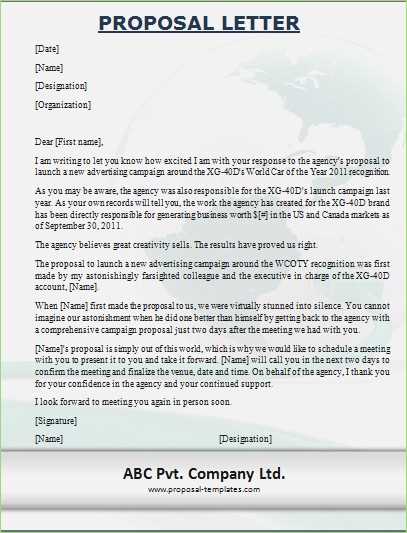
To create a compelling request for a professional opportunity, it’s helpful to look at successful examples that demonstrate the structure and tone of an effective communication. Strong applications are clear, concise, and personalized, presenting the applicant’s skills and ambitions in a way that aligns with the organization’s needs. Below are examples of how to craft a persuasive message that stands out from others.
Here’s an example of a well-structured application:
- Introduction: Briefly introduce yourself, including relevant background and the purpose of your application.
- Objective: Clearly state what you hope to achieve and why the opportunity interests you.
- Skills and Experiences: Highlight specific qualifications or projects that demonstrate your ability to contribute effectively.
- Why You Are a Good Fit: Explain how your goals align with the organization’s mission or objectives.
- Closing: Express gratitude for the opportunity and indicate your availability for further discussions.
In addition to looking at examples, here are some tips for making your request even more convincing:
- Be Specific: Avoid vague statements. Focus on your specific skills and experiences that directly apply to the position or program.
- Show Passion: Employers want to see enthusiasm. Convey your genuine interest in the role and how it aligns with your career goals.
- Proofread: Ensure your communication is free of spelling and grammatical errors. A polished message shows attention to detail.
- Keep It Concise: Avoid unnecessary fluff. A focused, to-the-point application is often more effective than a long, rambling one.
By following these guidelines and looking at strong examples, you’ll be better equipped to write an application that captures attention and increases your chances of success.